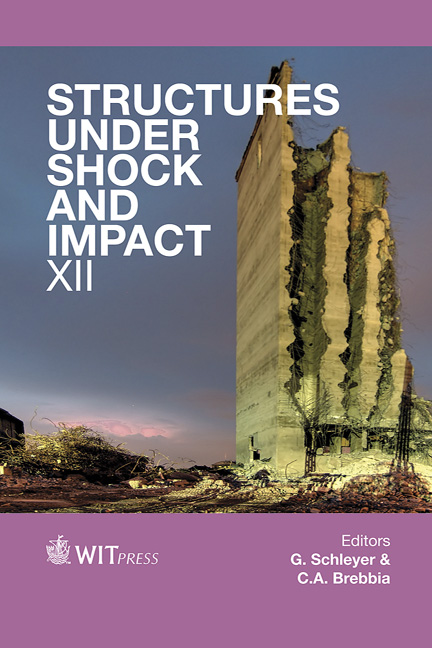Evaluation Of The Egyptian Seismic Code Approach To Estimation Of Lateral Drift
Price
Free (open access)
Transaction
Volume
126
Pages
12
Page Range
371 - 382
Published
2012
Size
701 kb
Paper DOI
10.2495/SU120331
Copyright
WIT Press
Author(s)
S. H. ElKassas & M. A. Haroun
Abstract
The use of the reduced-force-amplified-displacement method in seismic design provisions, has served the practice well with the benefits of simplicity and smaller resulting cross-sections. However, the inherent inconsistency in the magnitudes assigned to the displacement amplification factor (DAF) – used in this method to estimate inelastic displacement – presents a need for reliable calibration of its value. This is especially important since estimates of maximum displacement are used in several serviceability and life-safety checks during the seismic design process. To address this need, a comparative assessment is carried out on numerical models of low-to mid-rise reinforced-concrete moment frames in 3 different seismic zones covering the range of seismicity in Egypt, namely 0.1g, 0.15g and 0.3g PGA. Drift results of the equivalent static load analysis method are compared to those of nonlinear time-history analysis using a suite of seven ground motions for each scenario. A commercial package for fiberelement- modeling is used to conduct 224 dynamic analyses. Code specified lower and upper bounds on design acceleration and fundamental period, respectively, are also addressed together with their implications on bridging the gap between the drift values calculated from both types of analyses. The results demonstrate that abiding by the Egyptian code default value of DAF, together with the imposed bounds on the calculated base shear, results in overconservatism in drift estimates, with the exception of single-storey frames. By applying the recommendation of ignoring these code bounds, the study proposes some values of DAF to be used for the different categories of frames and seismic zones investigated, for more reliable and accurate prediction of displacement performance. Keywords: seismic design, seismic codes, displacement analysis, drift, inelastic displacement, nonlinear analysis, RC moment frames, moderate seismic zones.
Keywords
seismic design, seismic codes, displacement analysis, drift, inelastic displacement, nonlinear analysis, RC moment frames, moderate seismic zones





